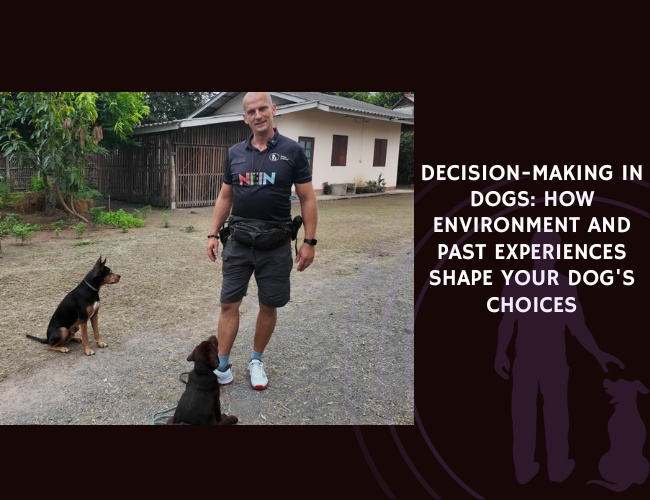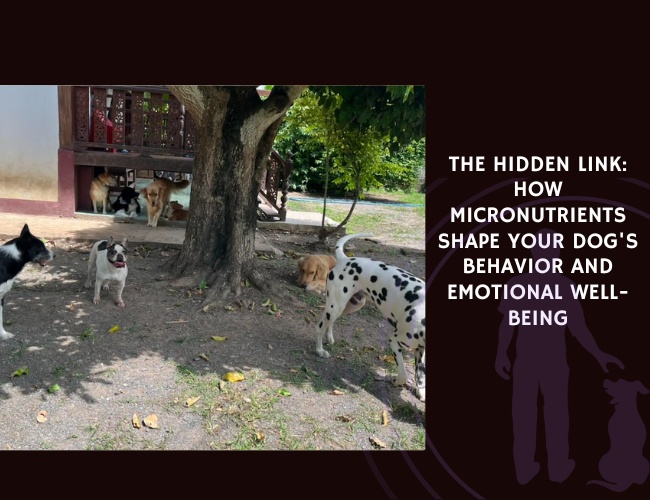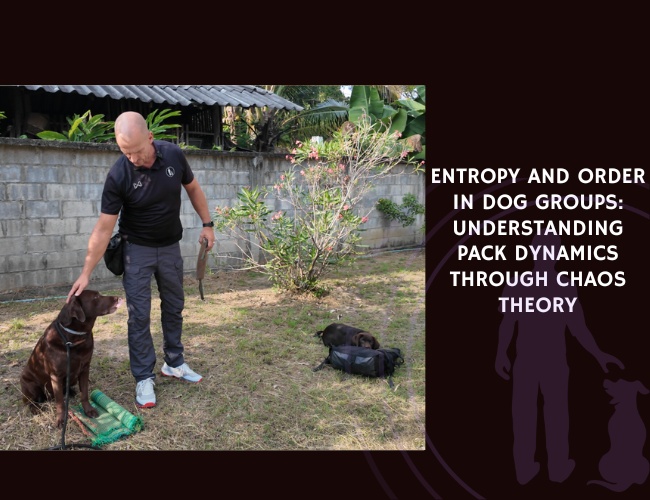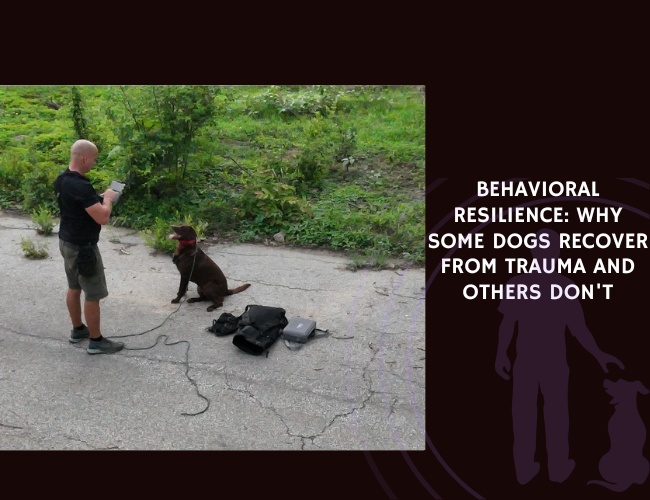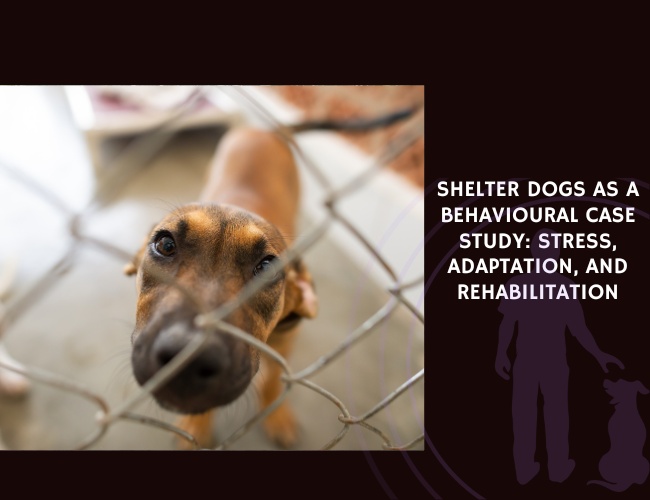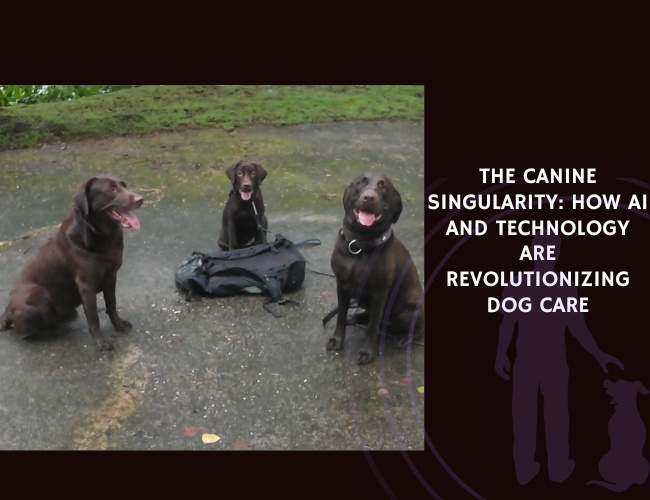Have you ever wondered why your dog chooses to approach one stranger but shies away from another? Or why they confidently explore new trails some days but hesitate on others? The fascinating world of canine decision-making reveals a complex interplay between past experiences, environmental factors, and emotional memories that shape every choice your furry friend makes. Let us guide you through the remarkable cognitive processes that influence how dogs navigate their world, make choices, and respond to the challenges and opportunities they encounter daily.
Understanding the Canine Mind: How Dogs Make Decisions
Your dog’s decision-making process is far more sophisticated than simple stimulus-response reactions. Recent advances in canine cognition research reveal that dogs employ complex mental frameworks when evaluating choices, weighing risks against rewards, and adapting their strategies based on past outcomes.
The Cognitive Architecture of Choice Dogs process decisions through multiple brain regions working in concert. The prefrontal cortex evaluates options, while the amygdala assigns emotional weight to potential outcomes. This neurological dance creates what researchers call “choice architecture” – the mental framework your dog uses to navigate decisions. You might notice this when your dog pauses before entering a new space, their brain rapidly processing environmental cues, past experiences, and potential outcomes.
Emotional vs. Logical Processing Unlike humans, dogs rely more heavily on emotional memory when making decisions. This means that a single negative experience can create lasting behavioral patterns. The limbic system, particularly active in canine decision-making, prioritizes emotional safety over logical analysis. This explains why your confident dog might suddenly become hesitant around specific objects or situations that triggered past stress.
Pattern Recognition and Prediction Dogs excel at recognizing patterns and using them to predict outcomes. This ability, rooted in their evolutionary history as both predators and social animals, allows them to make rapid decisions based on subtle environmental cues. Your dog learns to associate the jingle of keys with walks, the rustle of treat bags with rewards, and specific body language with play or rest time. 🧡
Environmental Predictability: The Foundation of Confident Choices
The environment your dog lives in profoundly impacts their decision-making abilities. Dogs thrive in environments that balance predictability with appropriate challenges, creating a framework for confident, adaptive choices.
Structured vs. Chaotic Environments Dogs in structured environments – those with consistent routines, clear boundaries, and predictable outcomes – develop more confident decision-making skills. These dogs learn that their choices lead to reliable consequences, building what behaviorists call “outcome confidence.” In contrast, dogs from chaotic environments often display decision paralysis or hypervigilance, struggling to predict which choices will lead to positive outcomes.
The Role of Environmental Enrichment Environmental enrichment does more than entertain – it actively shapes cognitive flexibility. Dogs exposed to varied but controlled challenges develop better problem-solving skills and more adaptive decision-making strategies. This might include:
- Puzzle feeders that require strategic thinking
- Novel objects introduced gradually
- Varied walking routes with different sensory experiences
- Controlled social interactions with diverse individuals
Creating Decision-Supporting Spaces You can optimize your home environment to support healthy decision-making. This means establishing clear zones for different activities (rest, play, eating), maintaining consistent rules across all family members, and providing choices within safe parameters. For example, offering two toy options lets your dog practice decision-making in a low-stakes context.
Past Outcomes and Reinforcement History: Building Behavioral Patterns
Every interaction your dog has becomes part of their reinforcement history – a mental database of outcomes that influences future decisions. Understanding this process helps explain why some behaviors persist despite our best efforts to change them.
Positive Reinforcement and Choice Confidence When dogs experience positive outcomes from their decisions, they develop what researchers term “choice confidence.” This psychological state encourages exploration and adaptive risk-taking. Dogs with rich positive reinforcement histories approach new situations with curiosity rather than fear. They’ve learned that making choices often leads to good things, creating a positive feedback loop that enhances cognitive development.
Negative Experiences and Avoidance Learning Conversely, negative experiences create powerful avoidance patterns. A single traumatic event can reshape a dog’s entire decision-making framework around similar contexts. This isn’t simply “fear” – it’s an adaptive mechanism where the brain prioritizes survival over exploration. Understanding this helps us approach behavioral modification with patience and strategic positive associations.
The Complexity of Intermittent Reinforcement Interestingly, behaviors reinforced intermittently often become the most persistent. This explains why dogs continue behaviors that only occasionally yield results – like begging at the dinner table or checking specific spots for dropped food. The unpredictability creates a powerful motivation that can override more logical decision-making processes. 🐾
Generalization Across Contexts: Flexibility in Problem-Solving
One of the most remarkable aspects of canine cognition is the ability – or sometimes inability – to generalize learning across different contexts. This skill varies significantly among individuals and is influenced by early experiences, breed tendencies, and training methods.
Context-Specific vs. Generalized Learning Some dogs excel at applying learned strategies across various situations, while others remain rigidly context-specific. For instance, a dog might perfectly execute “sit” commands at home but struggle in new environments. This isn’t defiance – it’s a limitation in generalization ability that can be improved through strategic training across diverse contexts.
Factors Affecting Generalization Several factors influence a dog’s ability to generalize decision-making strategies:
- Early socialization breadth and quality
- Variety in training environments
- Consistency of cues across contexts
- Emotional state during initial learning
- Individual genetic predispositions
Building Flexible Problem-Solvers You can enhance your dog’s generalization abilities through graduated exposure. Start with minor variations in familiar contexts, then gradually increase novelty. This might mean practicing commands in different rooms, then the yard, then quiet streets, progressively building your dog’s confidence in applying learned behaviors across situations.
Emotional Memory: The Hidden Driver of Canine Choices
Emotional memory plays a more significant role in canine decision-making than many owners realize. Unlike factual memories, emotional memories are processed and stored differently, creating lasting impacts on behavior and choice patterns.
The Limbic System’s Influence The canine limbic system, particularly the amygdala, assigns emotional significance to experiences. This system can override logical decision-making processes, explaining why a typically brave dog might panic at seemingly innocuous stimuli. These emotional memories are often formed instantly and can last a lifetime without intervention.
Trauma, Stress, and Decision Patterns Dogs who’ve experienced trauma often develop hypervigilant decision-making patterns. They might constantly scan for threats, show reluctance to explore, or display seemingly irrational fears. This isn’t weakness – it’s an adaptive response where the brain prioritizes emotional safety. Recovery requires patient, systematic desensitization paired with positive associations.
Building Positive Emotional Associations Creating positive emotional memories around previously stressful contexts can reshape decision-making patterns. This process, called counter-conditioning, requires careful timing and gradual exposure. For example, if your dog fears car rides due to past negative experiences, you might start by simply sitting in a stationary car with treats, building new, positive emotional associations before attempting actual travel.
Human Influence: How Your Presence Shapes Decisions
Your presence profoundly influences your dog’s decision-making processes. Dogs have evolved alongside humans for thousands of years, developing sophisticated abilities to read our emotions, intentions, and expectations.
Social Referencing and Trust Calibration Dogs naturally look to their humans for guidance in ambiguous situations – a behavior called social referencing. Your emotional state, body language, and reactions provide critical information your dog uses to evaluate situations. A confident, calm owner tends to raise confident, adaptable dogs, while anxious owners often have dogs that mirror their uncertainty.
The Observer Effect Fascinatingly, dogs make different decisions when observed versus when alone. This isn’t simply about “getting away with” behaviors – it reflects complex social cognition. Dogs factor in human expectations, past consequences, and relationship dynamics when making choices in your presence. This social awareness demonstrates remarkable cognitive sophistication.
Building Autonomous Decision-Making While your dog values your guidance, developing autonomous decision-making skills is crucial for their wellbeing. This means creating opportunities for independent problem-solving within safe parameters. Puzzle toys, scent work, and structured alone time help dogs build confidence in their own judgment while maintaining the secure base of your relationship. 🧡
Pause. Weigh. Choose.
Your dog doesn’t act at random.
Each decision—whether to greet, retreat, or wait—is shaped by emotional memory, past reinforcement, and the structure of the moment. What may seem impulsive is often a precise calculation born of survival, safety, and trust.
Environment carves the path of choice.
Predictable spaces foster confident decisions; chaotic ones breed hesitation. A dog’s world, when thoughtfully structured and emotionally safe, becomes a map of meaningful opportunities—not just reactions.
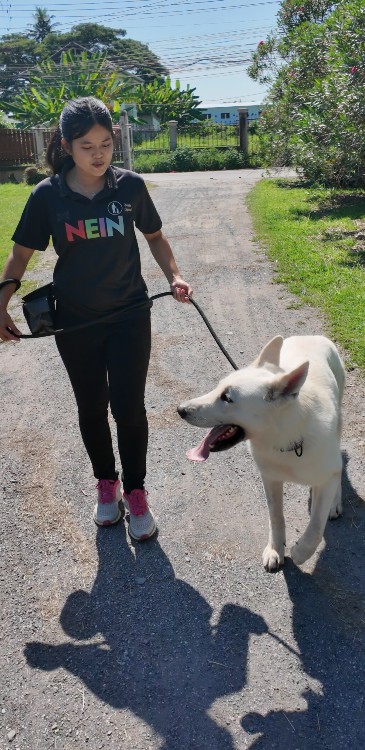
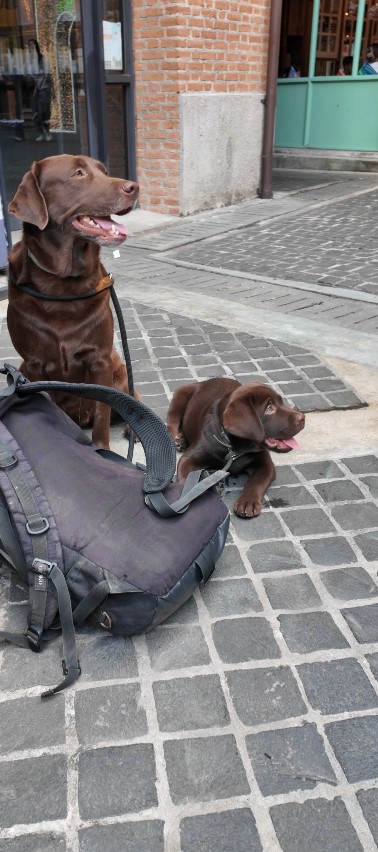
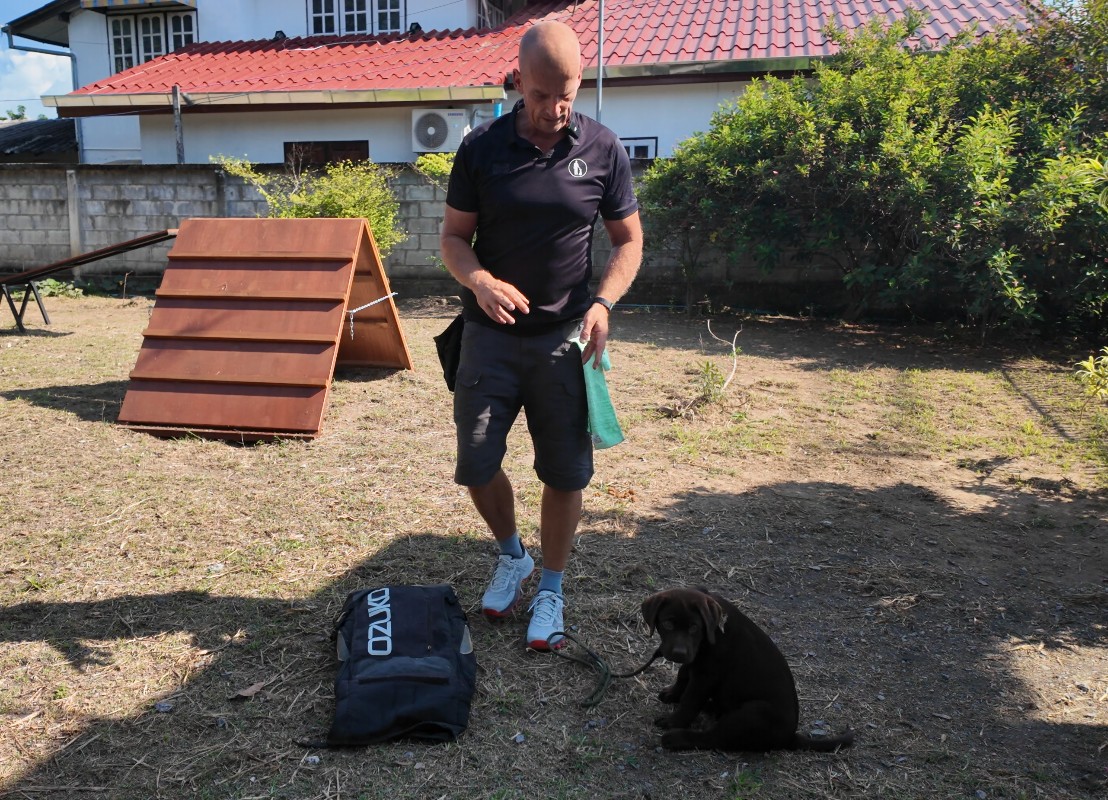
You are part of every decision.
From your tone to your timing, your presence subtly guides their choices. Dogs reference your calm, your consistency, your cues. When you respect their processing, you become the anchor in every moment of uncertainty.
The NeuroBond Model: Understanding Emotional Environment Integration
The innovative NeuroBond model, developed through extensive field research, provides a framework for understanding how emotional environments shape decision-making patterns in dogs. This model recognizes that decisions aren’t made in emotional vacuums but are profoundly influenced by the affective atmosphere surrounding the choice point.
Emotional Environment Mapping According to the NeuroBond framework, dogs continuously map their emotional environment, creating what researchers term “affective landscapes.” These mental maps integrate:
- Historical emotional experiences in similar contexts
- Current stress or relaxation levels
- Social dynamics present in the environment
- Sensory triggers that evoke past memories
- Anticipated outcomes based on environmental cues
Decision Latency and Context Fit The model predicts that decision latency – the time between stimulus and response – increases when there’s a mismatch between current context and past positive experiences. This explains why your typically decisive dog might hesitate in novel situations or why certain environments trigger prolonged decision-making processes.
Practical Applications of NeuroBond Principles Understanding these principles allows you to optimize decision-making contexts for your dog. This might involve:
- Gradually introducing novel elements in familiar environments
- Pairing new experiences with established positive associations
- Recognizing and respecting increased decision latency as adaptive
- Creating emotional “bridges” between known and unknown contexts
Training Strategies: Optimizing Decision-Making Skills
Effective training goes beyond teaching commands – it shapes how your dog approaches decisions throughout their life. Modern training methods recognize the importance of building cognitive flexibility alongside behavioral compliance.
Choice-Based Training Methods Incorporating choice into training sessions enhances decision-making skills. Rather than demanding immediate compliance, offering options within acceptable parameters builds confidence and cognitive engagement. For example, asking “which hand?” with treats in both, or allowing dogs to choose between two appropriate behaviors when cued.
Building Behavioral Chains Complex behaviors are actually chains of smaller decisions. By breaking down complicated tasks into decision points, you help your dog develop sequential thinking skills. This approach transforms training from rote memorization into active problem-solving, creating more engaged and adaptable learners.
Errorless Learning vs. Trial and Error While errorless learning (preventing mistakes through careful setup) builds confidence, strategic trial-and-error opportunities develop resilience. The key is balancing these approaches based on your dog’s emotional state, learning history, and confidence level. Dogs need both success experiences and the ability to recover from mistakes.
Behavioral Rehabilitation: Rebuilding Decision Frameworks
For dogs with traumatic histories or deeply ingrained negative patterns, behavioral rehabilitation focuses on reconstructing healthy decision-making frameworks. This process requires patience, consistency, and deep understanding of how past experiences shape current choices.
Identifying Decision Triggers Rehabilitation begins with careful observation to identify specific triggers that derail normal decision-making. These might be subtle – a certain posture, sound, or environmental configuration that activates traumatic memories. Documenting these patterns helps create targeted intervention strategies.
Systematic Desensitization Protocols Gradual exposure to triggering stimuli, paired with positive experiences, slowly rebuilds confidence. This isn’t about “flooding” or forcing confrontation – it’s about creating new neural pathways that associate previously scary stimuli with safety and choice. Progress is measured in tiny increments, celebrating each small victory.
The Role of Predictability in Recovery Traumatized dogs especially benefit from highly predictable environments during rehabilitation. This predictability provides the emotional safety necessary for exploring new behavioral choices. As confidence builds, controlled unpredictability can be gradually introduced, always within the dog’s expanding comfort zone. 🐾
Enrichment Design: Creating Decision-Rich Environments
Environmental enrichment specifically designed to enhance decision-making skills can transform your dog’s cognitive abilities and emotional wellbeing. Effective enrichment goes beyond simple entertainment to create meaningful choice opportunities.
Cognitive Challenge Gradients Start with simple binary choices and gradually increase complexity. This might progress from:
- Choosing between two visible treats
- Selecting from multiple covered containers
- Solving multi-step puzzles to access rewards
- Making strategic choices in interactive games
Sensory Decision Games Engaging different senses in decision-making builds more robust cognitive skills. Scent work naturally incorporates choice as dogs decide which direction to follow. Sound-based games where dogs choose between different audio cues for rewards engage auditory processing in decision frameworks.
Social Decision Opportunities Structured playgroups or training classes provide rich decision-making environments. Dogs must constantly evaluate social signals, choose appropriate responses, and adapt strategies based on peer feedback. These social contexts mirror the complex decisions dogs face in real-world situations.
Service Dog Applications: Advanced Decision-Making Training
Service dogs represent the pinnacle of canine decision-making abilities, required to make critical choices that impact human health and safety. Their training provides insights applicable to all dogs.
Intelligent Disobedience Training Service dogs learn to override commands when following them would endanger their handler – a sophisticated form of decision-making requiring evaluation of multiple factors. This training demonstrates dogs’ capacity for complex situational assessment and autonomous choice within trained parameters.
Contextual Discrimination Service dogs must discriminate between subtle environmental differences to make appropriate decisions. They learn to ignore distractions in working mode while remaining alert to relevant cues. This refined decision-making ability develops through systematic exposure to increasingly complex scenarios.
Stress Inoculation and Decision Stability Service dog training includes careful stress inoculation – controlled exposure to stressors while maintaining decision-making abilities. This process builds resilience and ensures reliable choices even under pressure. The principles apply to pet dogs too, helping them maintain good decisions despite environmental stressors.
Senior Dogs: Adapting Decision-Making Support
As dogs age, their decision-making processes change. Cognitive decline, sensory limitations, and physical constraints all influence how older dogs approach choices. Understanding these changes helps us provide appropriate support.
Cognitive Dysfunction and Choice Canine cognitive dysfunction can impair decision-making abilities. Affected dogs might show confusion in familiar situations, make unusual choices, or display decision paralysis. Early intervention with mental stimulation, appropriate supplements, and environmental modifications can help maintain cognitive function.
Compensating for Sensory Decline Vision or hearing loss requires decision-making adaptations. Dogs rely more heavily on remaining senses and memory patterns. You can support this transition by maintaining environmental consistency, using multi-sensory cues, and allowing extra time for decision processing.
Maintaining Autonomy in Senior Years Despite limitations, senior dogs benefit from continued decision-making opportunities. Adapting challenges to their capabilities – simpler puzzles, shorter training sessions, modified games – helps maintain cognitive engagement while respecting physical limitations. The goal is supporting graceful aging while preserving the dignity of choice. 🧡
Conclusion: Is Your Dog’s Decision-Making Optimized?
Understanding how environment and past experiences influence your dog’s choices opens new possibilities for enhancing their quality of life. Every dog carries a unique history that shapes their decision-making patterns, from the confident explorer who embraces novel challenges to the cautious soul who needs gentle encouragement to try new things.
By recognizing the complex interplay between emotional memory, environmental factors, and learned patterns, you can create conditions that support healthy, adaptive decision-making. Whether you’re raising a puppy, rehabilitating a rescue, or supporting a senior dog, the principles remain the same: respect their history, provide appropriate challenges, and celebrate the small victories that build confident choice-making.
Remember that changing established decision patterns takes time and patience. Your dog’s brain is constantly updating its predictive models based on new experiences. By providing consistent, positive outcomes for good decisions while maintaining a supportive emotional environment, you help your furry friend develop the cognitive flexibility and emotional resilience needed to navigate life’s choices with confidence.
The journey of understanding and optimizing your dog’s decision-making is ongoing, filled with discoveries about their unique personality and capabilities. Next time you watch your dog pause before making a choice, appreciate the complex cognitive and emotional processes at work – and know that your patient, informed support makes all the difference in shaping those crucial moments of decision. 🐾

